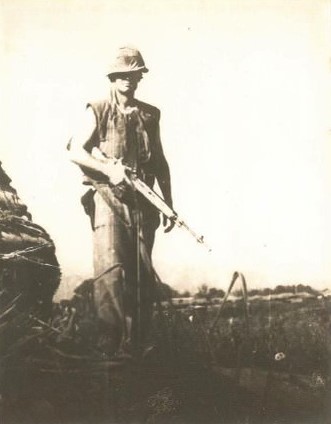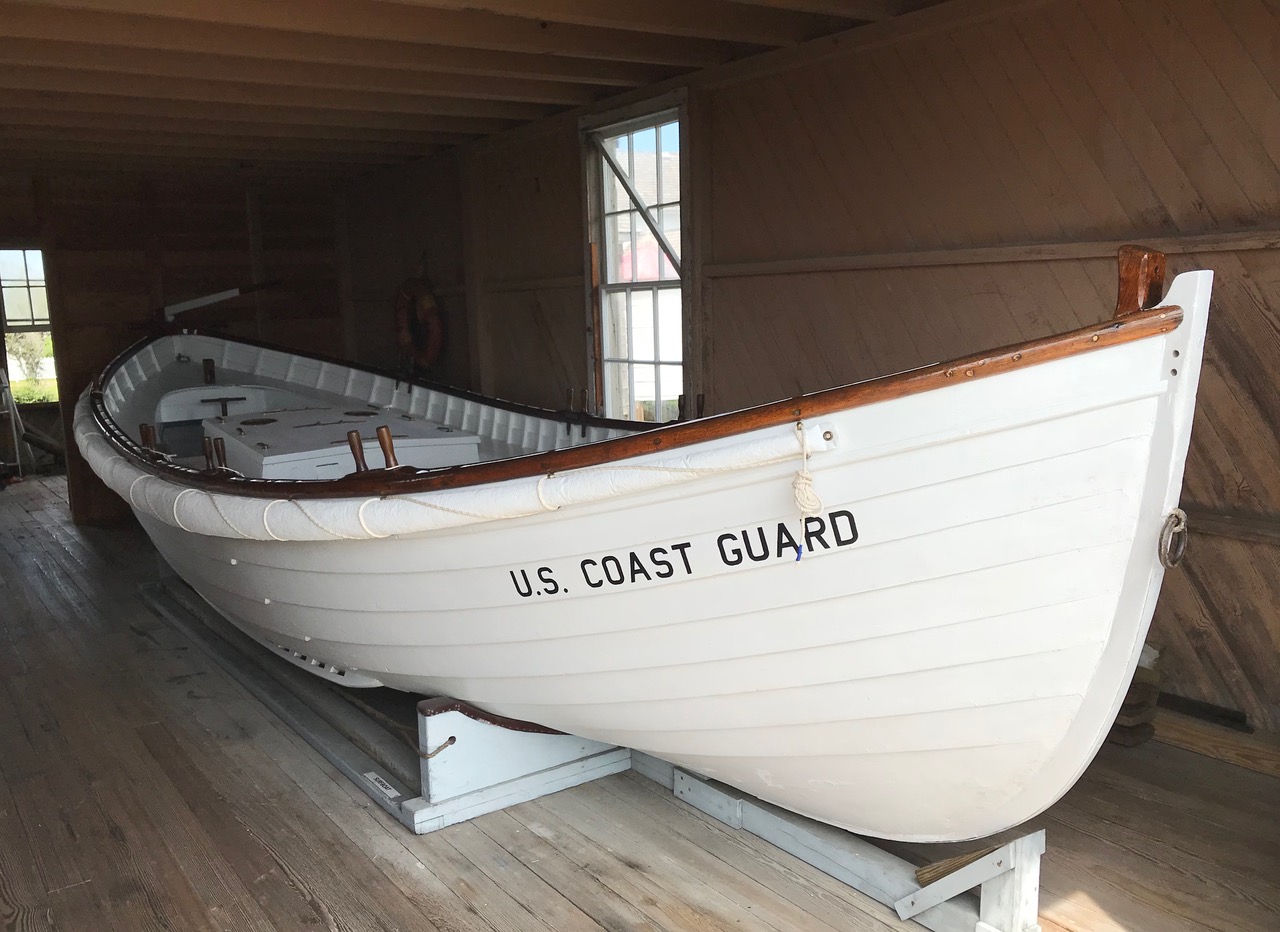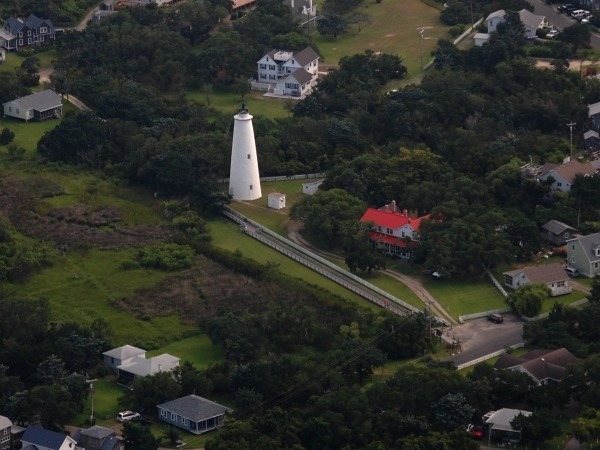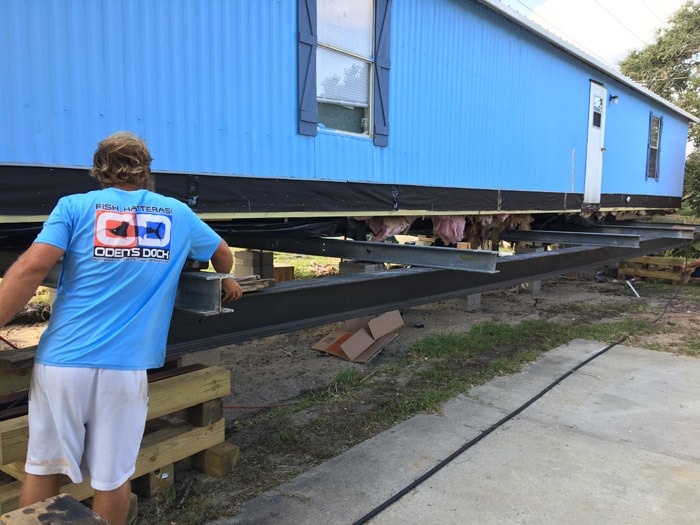PBS NC Weekend television program to feature the US Life-Saving Service on the Outer Banks
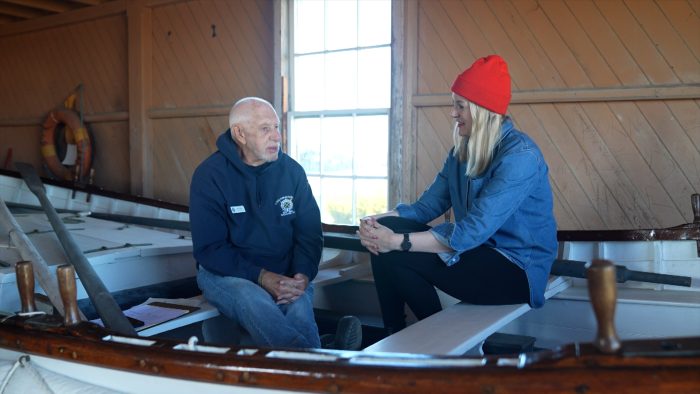
PBS North Carolina will be featuring two important examples of U.S. Life-Saving Service history on the Carolina coast, the Pea Island Cookhouse Museum and the
Chicamacomico Historical Site, on NC Weekend a television program that celebrates the best things to see and do in the state. The upcoming program will highlight interviews of Joan Collins, Director of Outreach and Education for the Pea Island Preservation Society, Inc., and John Griffin, Executive Director of the Chicamacommico Historic Site.
The interview with Ms. Collins was made at the Pea Island Cookhouse Museum, a museum located in what once was a small building at the historic Pea Island lifesaving station where surfmen cooked and ate their meals. The original cookhouse building was moved to Manteo, NC several years ago, renovated, and opened as a museum in 2008. The Cookhouse Museum is presently open only for special events only as future improvements to the facility are being planned. The interview with Mr. Griffin was made at the Chicamacomico Historic Site in Rodanthe, North Carolina, where recently the 150th anniversary of North Carolina’s first seven lifesaving stations was celebrated. This site was the first of the seven stations to be fully operational and serves as a full-time public museum and attraction.
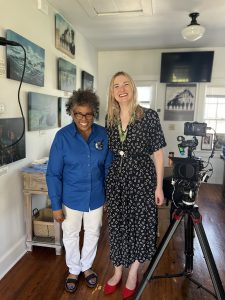
at the Pea IslandCookhouse Museum (photo credit – PIPSI)
The USLSS station at Pea Island station is perhaps best remembered for the October 11, 1896, rescue of nine souls on board the shipwrecked schooner, E.S. Newman by Keeper Richard Etheridge and his crew during a hurricane. In January 1880 Etheridge, who grew up enslaved on Roanoke Island and fought for freedom during the Civil War, became the first Black person in the nation to command a USLSS station when selected to be the Keeper of the Pea Island station. The Pea Island station is also the only in USLSS history with an all-Black crew.
The USLSS Chicamacomico Historical Site is perhaps best remembered for the rescue of forty-two British merchant seaman aboard the Mirlo during World War after the fully loaded British tanker was torpedo hit by a German sub. The Mirlo rescue was performed by Keeper John Allen Midgett, Jr., and the surfmen under his command.
The two sites at Pea Island and Chicamacomico also operated as “sister” stations, stations in close proximity and that were often called to perform joint rescues. Rescues at sea during the USLSS and early U.S. Coast Guard era, and when no modern technology existed, were extremely dangerous and difficult, often calling for stations to join forces in an attempt to save lives.
Both sites are also important reminders of an often forgotten time in the nation’s history, a time when surfmen, Black and White, patrolled the North Carolina coast and saved the lives of thousands of shipwrecked victims. Equally as important, the many same local last names shared by both Black and White surfmen who worked at lifesaving stations on the Outer Banks – last names like Etheridge connected to historic Pea Island station and Midgett connected to the historic Chicamacomico site and other same local last names shared – are poignant reminders of the story of the enslaved and the free and of the differences that united and separated men who served in the USLSS and later the early U.S. Coast Guard on the Outer Banks.
The upcoming feature will be available for viewing on several occasions – Monday, November 11 on the NC Weekend YouTube channel and website; and on the NC Weekend television program on Thursday, November 14 at 9:00 pm; Friday, November 15 at 5:00 pm and Tuesday, November 19 at 7:30 pm. We are also delighted to report that much of the upcoming half an hour feature will be devoted to the USLSS on the Outer Banks and the interviews Ms. Collins and Mr. Griffin provided.
For additional information about the Pea Island Preservation Society, Inc., or the Chicamacomico Historical Site please visit www.peaislandpreservationsociety.com or chicamacommico.org.






